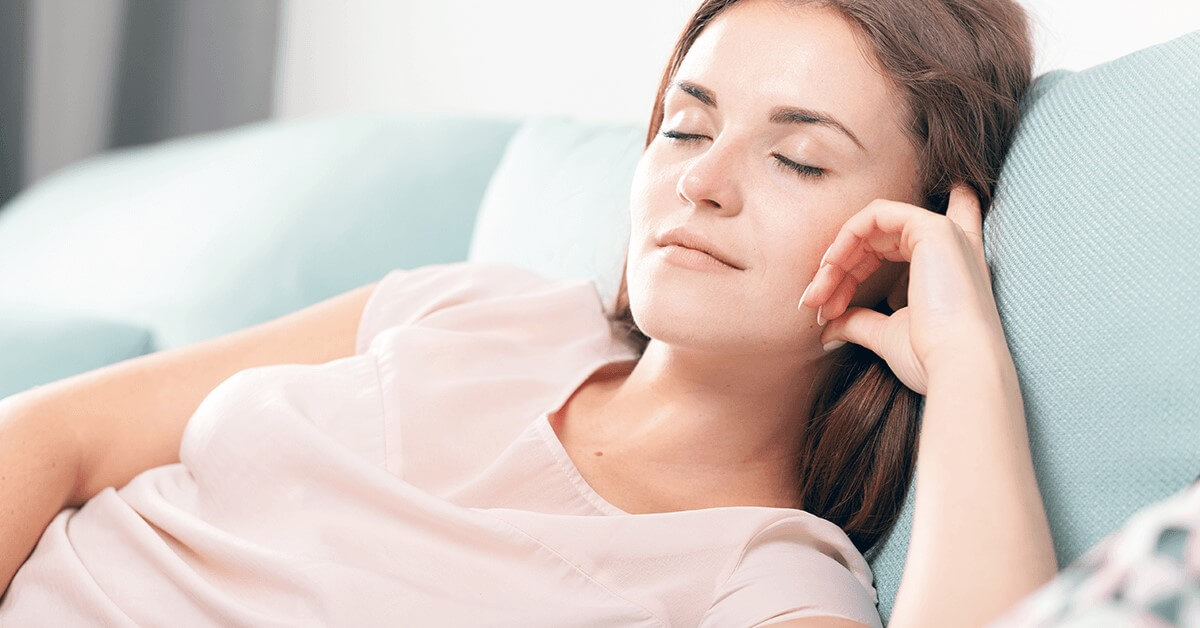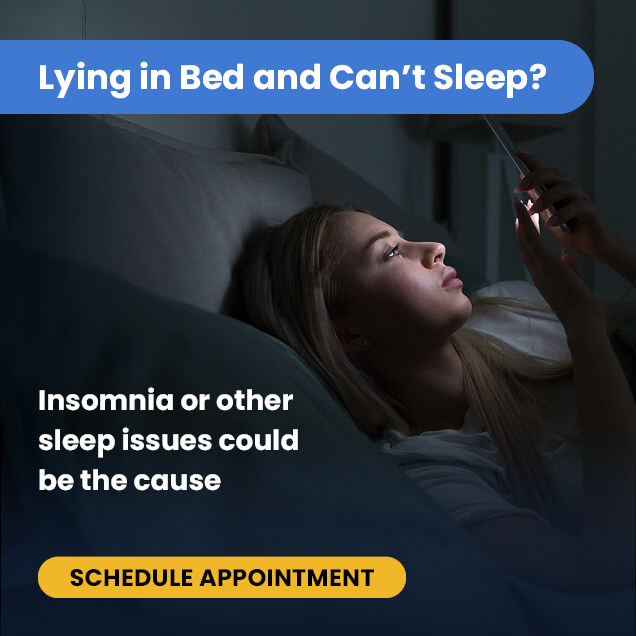Use the player to listen to the article and/or continue to read below.
Why Nap? | Physiology of Sleep | How to Nap Responsibly
Introduction
Who doesn’t love a good nap? You may think that naps are for babies or the elderly, but that’s not necessarily true. If you’re tired, ill, or sleep-deprived, chances are you need a nap to reboot.
Napping isn’t as simple as lying down and falling asleep whenever you choose as certain practices can improve or reduce the quality of a nap, and how you feel and perform post-nap.
If you nap irresponsibly, it can affect the rest of your day, impact productivity, and disrupt sleep at night. This article will reveal six tips to help you nap effectively.
Why Nap?
Let’s start by putting napping into context. According to the Oxford Dictionary, a nap is a short period of sleep that occurs during the day. [1] Napping can be highly beneficial for your well-being, especially when done mindfully. Here are some reasons why naps are great regardless of age.
1) Reduces Sleepiness
Sleepiness increases with time spent awake. As nighttime approaches, you naturally get sleepier. This phenomenon is called homeostatic sleep drive, and taking a nap can significantly reduce this built-up sleep tension. [2]
2) Improves Cognition
Taking a nap leaves you more alert, facilitating enhanced cognitive functions, like recollection, learning, and creative thinking. [3]
3) Boosts Immunity
Sleep deprivation can suppress immunity; however, naps can help reverse the effects of insufficient sleep. A 2015 study revealed that napping has stress-releasing and immunity-boosting effects. [4]
4) Supports Emotional Balance
Sleep and emotion are interconnected. Studies show that napping dramatically improves your emotional disposition. [5]
Physiology of Sleep
Adenosine
Adenosine is naturally created by the body and is an essential chemical found within all cells of the body. It serves a number of purposes, including helping with sleep regulation.
Adenosine works to prevent wakefulness. While you’re awake, adenosine levels rise within the part of the brain that is responsible for wakefulness. As such, napping reduces adenosine levels, which can disrupt nighttime sleep, especially for insomniacs. [6]
If you’re sleepy, and napping isn’t an option, have a cup of coffee. Caffeine binds to adenosine receptors, speeding up nerve cell activity, not slowing it down, which is what happens when adenosine binds to them.
Homeostatic Sleep Pressure
Homeostatic pressure builds up throughout the day and causes you to feel sleepy as the day progresses. This explains why you feel sleepy at night.
However, when you nap, particularly close to bedtime, you may have difficulty falling asleep, as daytime napping has released that pressure necessary for a restorative night’s rest. [7]
How to Nap Responsibly
1) Don’t “Overnap”
Studies show that the ideal amount of time for napping is 20 minutes.[6] A 20-minute nap prevents you from entering deep sleep, helping you avoid waking up in a state of grogginess, known as sleep inertia.
This 20-minute duration is enough time for the body to reboot and become ready to function and safely falls short of a full 90-minute sleep cycle.
A short 20-minute nap in the mid-afternoon has positive effects on the maintenance of daytime vigilance, the state of alertness necessary to promptly respond to stimuli. [8]
2) Create a Nap-Conducive Environment
For many, it is pretty challenging to fall asleep in an uncomfortable environment due to noise, excess heat, and bright lights.
You can make the space dark for optimal napping by using blackout curtains or hanging thick sheets or blankets.
Try to ensure that the temperature of your room is comfortably cool, around 70 degrees.
3) Take Early Naps
Napping too late in the afternoon or evening can seriously impact the quality of sleep you get at night.
When you nap too close to bedtime, you’ll feel rested and somewhat energized, making it hard to fall asleep later in the evening.
To avoid this, schedule daily naps at the halfway point during the day. For example, if you wake up at 6 am and go to sleep at 10 pm, the ideal nap time is 2 pm.
4) Avoid the Bed
The bed is typically the most comfortable place to sleep, and as such, may cause you to become overly relaxed and nap for too long.
Getting too comfortable will make it more challenging to wake up from what is supposed to be a short nap. [9]
5) Nap at a specific time each day
Having a nap schedule helps to ease the body into a routine. That means napping and waking at the same time every day will make it easier for you to arouse from naps over time. [9]
Conclusion
If you experience nighttime sleeplessness, it’s a good idea to refrain from napping. It’s best to speak with your doctor if your napping becomes habitual as daytime sleepiness may be a sign of an underlying condition.
References:
- Oxford Advanced Learner’s Dictionary at OxfordLearnersDictionaries.com. (2021). Oxfordlearnersdictionaries.com. Nap. https://www.oxfordlearnersdictionaries.com/definition/english/nap_1#:~:text=nap-,noun,during%20the%20day%20synonym%20snooze
- Gillberg, M., Kecklund, G., Axelsson, J., & Akerstedt, T. (1996). The effects of a short daytime nap after restricted night sleep. Sleep, 19(7), 570–575. https://doi.org/10.1093/sleep/19.7.570
- Mantua, J., & Spencer, R. (2017). Exploring the nap paradox: are mid-day sleep bouts a friend or foe?. Sleep medicine, 37, 88–97. https://doi.org/10.1016/j.sleep.2017.01.019
- Brice Faraut, Samir Nakib, Catherine Drogou, Maxime Elbaz, Fabien Sauvet, Jean-Pascal De Bandt, Damien Léger, Napping Reverses the Salivary Interleukin-6 and Urinary Norepinephrine Changes Induced by Sleep Restriction, The Journal of Clinical Endocrinology & Metabolism, Volume 100, Issue 3, 1 March 2015, Pages E416–E426, https://doi.org/10.1210/jc.2014-2566
- Mantua, J., & Spencer, R. (2017). Exploring the nap paradox: are mid-day sleep bouts a friend or foe?. Sleep medicine, 37, 88–97. https://doi.org/10.1016/j.sleep.2017.01.019
- Sims, R. E., Wu, H. H. T., & Dale, N. (2013). Sleep-Wake Sensitive Mechanisms of Adenosine Release in the Basal Forebrain of Rodents: An In Vitro Study. PLoS ONE, 8(1), e53814. https://doi.org/10.1371/journal.pone.0053814
- Fang, Z., & Rao, H. (2017). Imaging homeostatic sleep pressure and circadian rhythm in the human brain. Journal of Thoracic Disease, 9(5), E495–E498. https://doi.org/10.21037/jtd.2017.03.168 JANSON, A. M., FUXE, K., GOLDSTEIN, M., & AGNATI, L. F. (1994). The MPTP Model of Parkinson’s Disease in the Mouse. Modafinil—a New Potential Neuroprotective Agent. Trophic Regulation of the Basal Ganglia, 409–423. https://doi.org/10.1016/b978-0-08-042276-3.50029-x
- JANSON, A. M., FUXE, K., GOLDSTEIN, M., & AGNATI, L. F. (1994). The MPTP Model of Parkinson’s Disease in the Mouse. Modafinil—a New Potential Neuroprotective Agent. Trophic Regulation of the Basal Ganglia, 409–423. https://doi.org/10.1016/b978-0-08-042276-3.50029-x
- Irish, L. A., Kline, C. E., Gunn, H. E., Buysse, D. J., & Hall, M. H. (2015). The role of sleep hygiene in promoting public health: A review of empirical evidence. Sleep medicine reviews, 22, 23–36. https://doi.org/10.1016/j.smrv.2014.10.001






